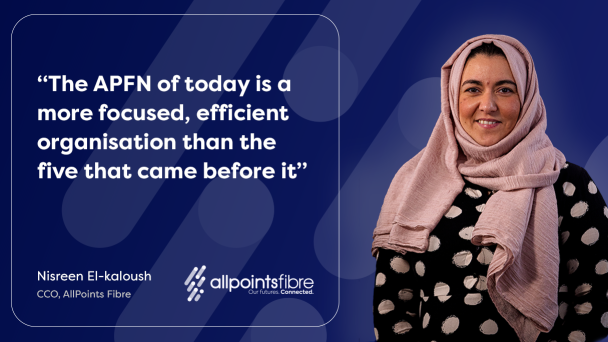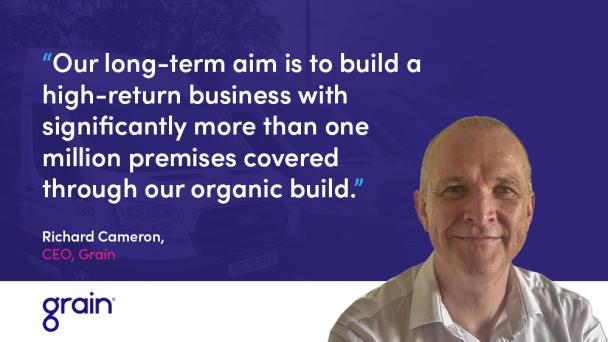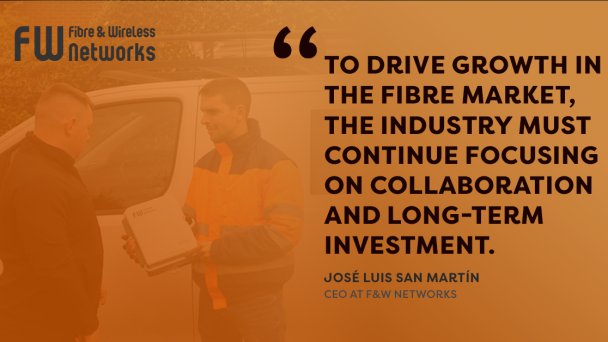
The UK’s fibre rollout is driving innovation, but the reverse is also true and innovative fibre providers will gain the edge in a saturated market.
Altnets are perfectly placed to capitalise on innovations, due to their relatively small size and short existence, which allows for agility in designing and delivering best practice.
“The race to build Gigabit Britain has seen the biggest change to the UK telecom infrastructure for decades,” noted Jerry Mills, Chairman of Mills, the digital infrastructure product specialist.
“At this juncture, altnets are looking for any efficiencies and time reductions to build their networks before their competitors.”
According to Adam Lamping, Head of Consulting at intelligent contract management expert Thinkproject, lessons can be learnt on this front from the building construction and civil engineering industries.
“It is in these spaces that more agile organisations have been able to ‘punch above their weight’ and begin to challenge some of their larger, longer-established competition,” he said.
This is certainly something we have seen in the fibre industry to date, with Ofcom estimating that altnet fibre deployment exceeded the Openreach build machine for the first time this January.
According to CityFibre’s Head of Products Paul Heritage-Redpath, innovation is at the core of the industry, and has been key to his company’s success.
“It has been our entrepreneurial spirit and focus on innovation, that has enabled us to evolve from an industry-challenging altnet to become the UK’s second largest full fibre network operator,” he said.
Faces of Innovation
Innovation takes many forms. For Mills it involves creating products that help altnets put more fibre in the ground at quicker rates, whilst for Thinkproject it entails digitisation of processes and removing user error.
The common thread is collaboration. Whether it be altnets working with suppliers or contractors working with customers, the best innovation comes from understanding the needs of those around you.
“By working in close partnership with our clients we can identify the most impactful things to them,” said Lamping.
“Our support of the rollout is made possible by working with altnets and build partners to introduce tools that we can be sure that they need,” agreed Mills.
CityFibre provides an example of this exchange in action, citing the creation of Ethernet Flex as the result of consultation with its partners.
“We learnt directly from our partners that SME customers were concerned that 100Mbps Ethernet was throttling their business success, but that 1Gbps services were beyond their reach financially,” explained Heritage-Redpath.
“Innovation, creative thinking and designing solutions based on direct customer feedback, delivers a far better service for the channel.”
Causes for stagnation
Lamping points to two issues that have caused people to forgo innovation in the face of ‘doing what is already working’. He notes that costs can often be a barrier, as well as cultural barriers.
“We believe this is largely a misnomer as businesses should continue to invest in their successes if they want to remain viable,” he said.
“Businesses should develop a short to medium and long-term strategy, with progressive aspects of innovation aligned to that. So, it’s possible to focus on a single aspect or region of your business, innovate on that front and then look to expand this thought into the rest of your organisation”
Room for further innovation
As noted, innovation is driving the fibre rollout, but there are still roadblocks which need fresh thought and perspective to be overcome.
Recruitment of qualified engineers is an issue, which we covered at length in our feature - Altnet demand for skills hots up.
CityFibre notes that altnets should be thinking laterally on training. “We are working proactively with our build partners to support their own recruitment strategies and we’ve developed our own apprenticeship programme and academies to ensure we have the right people with the right skills,” said Heritage-Redpath.
Another issue Jerry Mills has spotted within his area of expertise is cable and enclosures manufacturers bringing new products to the market, without considering the requirement for associated specialist tooling to assist with the installation of the new product.
“We are very keen to work with these manufacturers to assist in this area,” he said.
Finally, Lamping points to the management of construction contracts. “The average value of a construction dispute in the UK was over £30m in 2021,” he said.
“The top three reasons given were not understanding terms, not complying with periods of reply and poor record keeping.”
CEMAR, Thinkproject’s current innovation on this front, is a cloud-based collaborative system, specifically designed to walk teams through contractual compliance as well as creating and storing the relevant record information.




